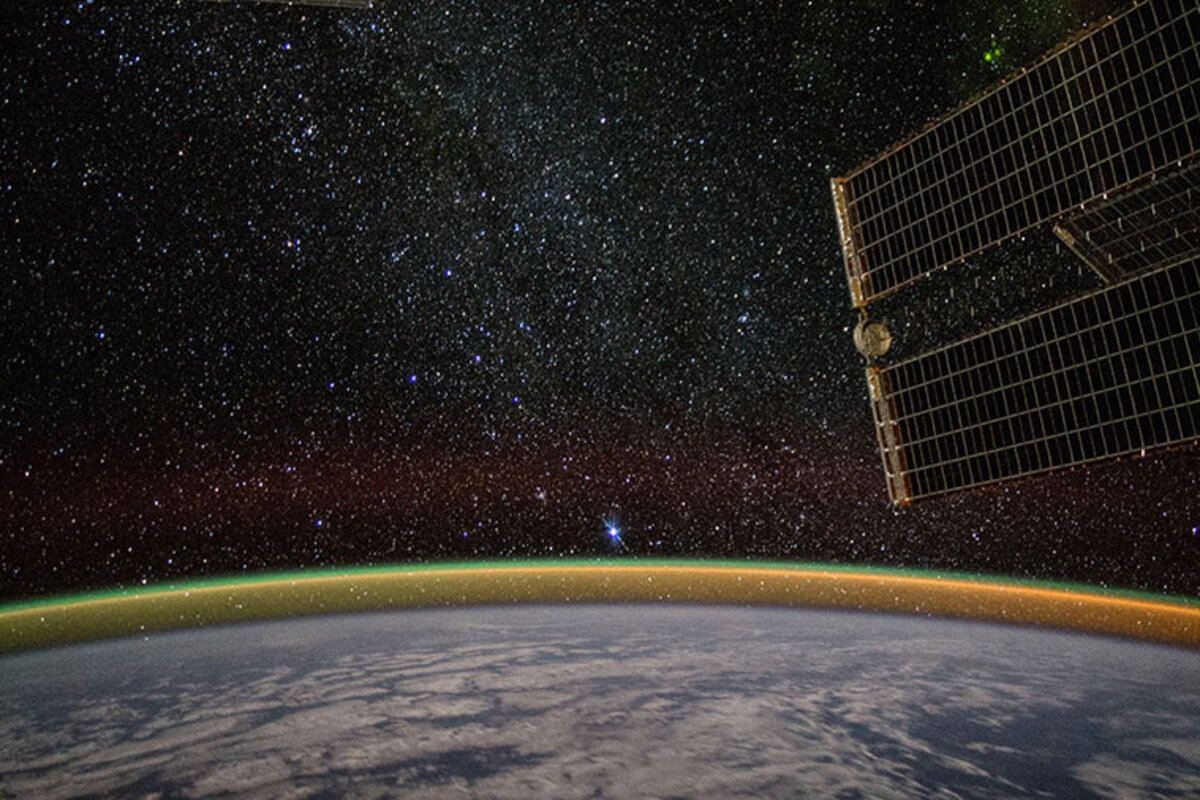Why NASA plans to set a supply vehicle on fire
Loading...
Things are heating up around the International Space Station (ISS) as NASA launches an experiment to explore just how gravity affects fire.
On Wednesday, NASA announced plans to launch the fiery Saffire-1 experiment, which involves setting a large-scale fire in an empty resupply vehicle, later this month. The experiment is one of many in a new series that is being sent to the ISS for testing in low-gravity environments.
The experiments will reach the space station via one of NASA’s commercial rocket company partners, Orbital ATK. The company plans to launch its Cygnus spacecraft, holding the experiments, atop a United Launch Alliance Atlas V rocket for its fifth resupply mission for NASA.
Why set a resupply vehicle on fire in space? For science and safety, NASA says.
“The Saffire-I investigation provides on an exploration vehicle, which has not been possible in the past because the risks for performing such studies on manned spacecraft are too high,” NASA states in the mission description.
Despite decades of research into space shuttles and their safety features, almost no experiments have been centered on studying the vehicles’ fire safety under low-gravity conditions and none have been able to perform the experiments in conditions similar to real spacecraft, NASA explains. The Saffire experiment will be the first to test all three components.
A large fire will be set in an empty Cygnus resupply spacecraft after it has released from the ISS and is in route to Earth’s orbit. The empty Cygnus used in the experiment will be a functional resupply shuttle used in other missions. On-board sensors will be able to measure flame growth, oxygen levels, and other aspects of how the fire affects the craft and possibly those in it.
NASA hopes the results will yield insights into the flammability limits of various spacecraft materials in microgravity. Information that could help NASA choose which material to select for spacecraft and understand how limited oxygen and microgravity affects flames – information “crucial for the safety of current and future space missions,” according to the experiment brief.
Although they involve less fire, the four other experiments also offer the potential for important scientific insights for NASA scientists – including information about meteors, regolith, adhesion, and 3-D printing in space.
The new science missions range in complexity, from equipping the ISS with tools to monitor and observe meteors reaching Earth’s atmosphere from space to studying regolith, lifeless soil found on asteroids and other space objects. The Gecko Gripper experiment will test a gripping device that uses small synthetic hairs to grip items when turned on. Lastly, a new 3-D printer will be added to the ISS that will allow resident astronauts to craft custom tools and supplies.





